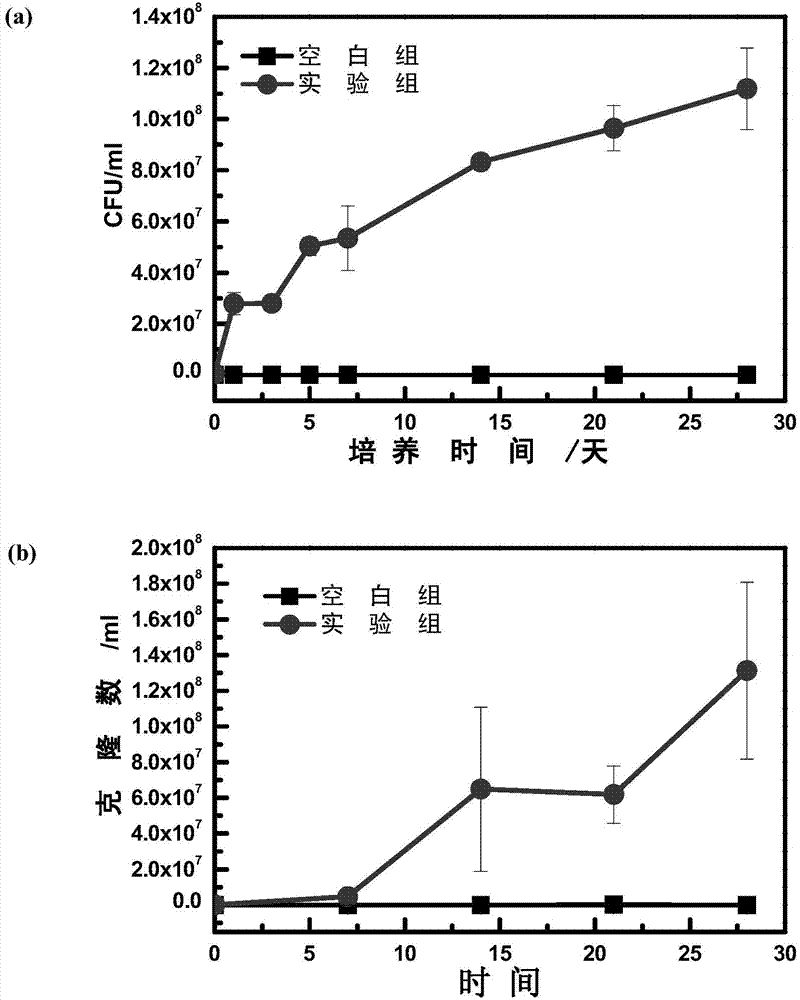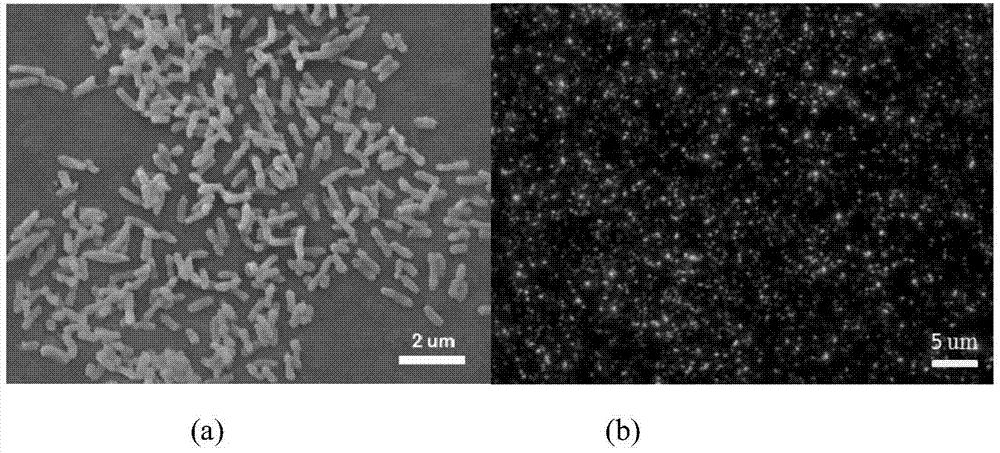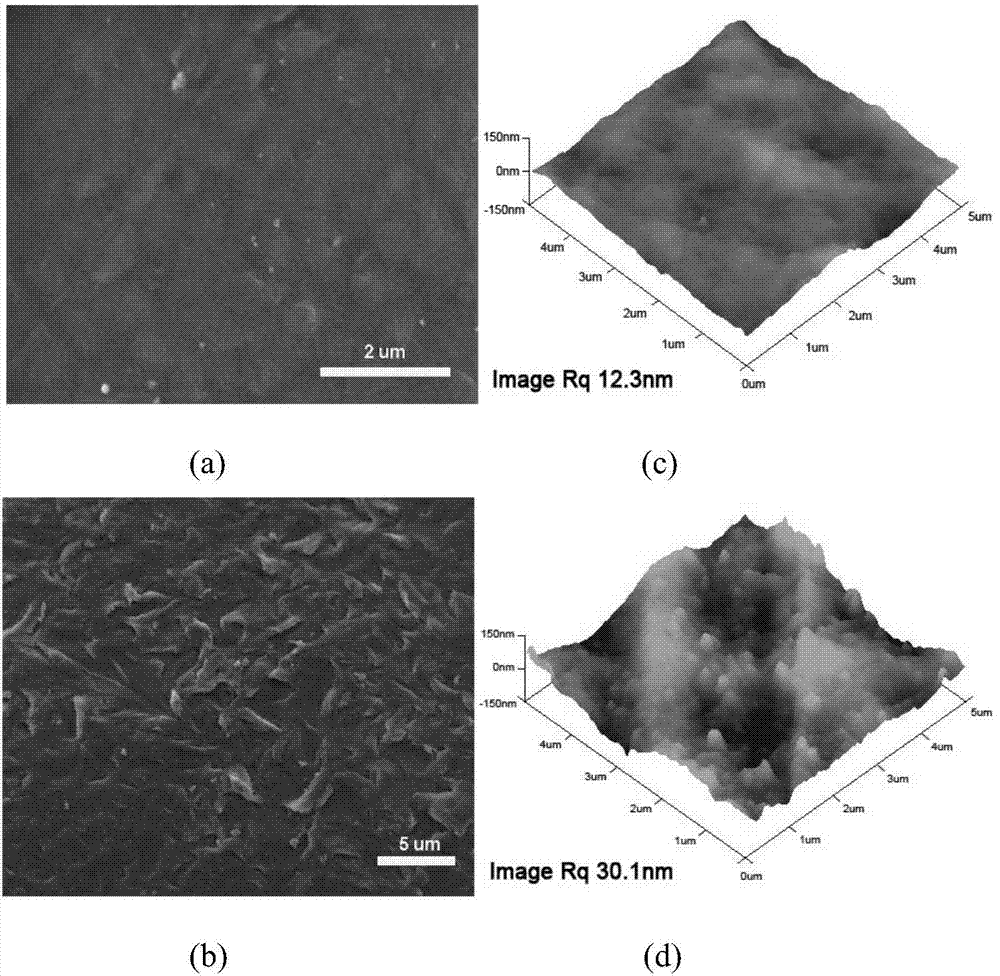Enterobacter cancerogenus for degrading polyethylene and application of enterobacter cancerogenus
A technology of Enterobacteriaceae, which is Enterobacteriaceae, is applied in the fields of biotechnology and the environment, which can solve the problems of unstable degradation effect, large energy consumption, and high cost, achieve significant economic and environmental protection benefits, and increase landfill capacity.
- Summary
- Abstract
- Description
- Claims
- Application Information
AI Technical Summary
Problems solved by technology
Method used
Image
Examples
Embodiment 1
[0035] 1. Screening and isolation of Enterobacter cancerogenus YZ1
[0036]Disinfect the bodies of plastic-gnawing insects, use 75% (v / v) ethanol to clean the bodies, and then rinse them twice with sterile water to wash away the alcohol on the insects until the bodies are clean. Work in Petri dishes under sterile conditions. Take out the sterilized worm body, and pull out its intestine after dissection. Afterwards, drop a drop of normal saline on the side of the intestinal tract, gently drive out the intestinal fluid with the head of the elbow tweezers, extract the intestinal fluid with a pipette, and then dilute it 5 times with 0.85% normal saline to make a suspension of intestinal bacteria. Add 1ml of the prepared intestinal bacteria suspension into the Erlenmeyer flask, and then measure 19ml of sterilized liquid inorganic salt medium into the Erlenmeyer flask to prepare 20ml liquid culture intestinal bacteria liquid. The formula of liquid inorganic salt medium is: KH 2 P...
Embodiment 2
[0040] Enterobacter YZ1 degrades plastic in solid inorganic salt medium:
[0041] 1. Take the Enterobacter YZ1 screened in Example 1 and place it in a 150ml Erlenmeyer flask filled with 20ml of broth medium, and culture it at 28°C for 1 to 2 days at a shaker speed of 150rpm. Then inoculate into a 250ml Erlenmeyer flask equipped with 50ml of broth medium, and ferment and cultivate under the same conditions for 1 day to obtain bacterial liquid. Centrifuge and resuspend in normal saline three times, wash away the original medium, and ensure that there is no carbon source and other nutrients in the bacterial suspension. Determination of OD of bacterial suspension 600 value and diluted to a reasonable multiple to obtain a concentration of 1 to 3×10 6 CFU / ml bacterial suspension.
[0042] 2. Use a pipette to take 5mL of the bacterial suspension of the above concentration, and drop it in the center of the solid inorganic salt medium for coating culture. After the coating is compl...
Embodiment 3
[0046] Enterobacter YZ1 degrades plastic in liquid inorganic salt medium:
[0047] Enterobacter YZ1 screened in Example 1 was prepared according to the method in Example 2 to obtain a bacterial suspension. Add 10ml of the bacterial suspension and 40ml of liquid inorganic salt medium to a 250ml Erlenmeyer flask, cut the polyethylene film into small pieces (about 0.5mm×0.5mm) with scissors, add it to the Erlenmeyer flask, and shake at 28°C The bed was rotated at 100 rpm for culture. On the 7th day, 14th day, 21st day, 28th day, and 60th day, 3 parallels were set up. At the corresponding time point, the polyethylene was taken out, weighed and the OD of the bacterial solution was determined 600 value. OD at each time point 600 Value results like Figure 6 As shown, the bacterial cell concentration in the 60-day culture showed an increasing trend, which was similar to the CFU count. The weighed weight of polyethylene plastic at each time point is as follows: Figure 7 shown ...
PUM
 Login to View More
Login to View More Abstract
Description
Claims
Application Information
 Login to View More
Login to View More - R&D
- Intellectual Property
- Life Sciences
- Materials
- Tech Scout
- Unparalleled Data Quality
- Higher Quality Content
- 60% Fewer Hallucinations
Browse by: Latest US Patents, China's latest patents, Technical Efficacy Thesaurus, Application Domain, Technology Topic, Popular Technical Reports.
© 2025 PatSnap. All rights reserved.Legal|Privacy policy|Modern Slavery Act Transparency Statement|Sitemap|About US| Contact US: help@patsnap.com



